All About Bay Leaves
Bay leaves, scientifically known as Laurus nobilis, are aromatic leaves from the bay laurel tree, a small evergreen tree native to the Mediterranean region. These leaves have been used for centuries in cooking, herbal medicine, and religious ceremonies. In addition, they are a popular ingredient in many cuisines worldwide, known for their unique flavor and aroma.
Bay leaves are typically dried before use, and their flavor is most potent when fresh. They have a subtle, slightly bitter taste and a strong, pungent aroma.
They are often used to add flavor to soups, stews, and sauces, and they are also commonly used in meat dishes, such as pot roasts and braises. Bay leaves are a key ingredient in classic French and Mediterranean cuisine and are also used in Indian and Middle Eastern cooking.
Health Benefits
In addition to their culinary uses, they have several health benefits. They are high in antioxidants, which can help to protect the body against damage from free radicals.
Bay leaves are also believed to have anti-inflammatory properties and may help to reduce inflammation in the body. In addition, some studies have suggested that bay leaves may have anti-cancer properties, although more research is needed to confirm this.
They are also used in traditional herbal medicine. They have been used to treat various ailments, including digestive, respiratory, and skin conditions. In addition, Bay leaves are often used in aromatherapy, as their strong aroma is believed to have a calming effect on the mind and body.
Cultural Significance
Bay leaves have a rich history and cultural significance. In ancient Greece, the leaves were used to make wreaths and crowns and were believed to have magical powers.
In ancient Rome, bay leaves were a symbol of victory worn by emperors and generals as a sign of their military prowess. Bay leaves were also used in religious ceremonies in ancient times and are still used today in some spiritual practices.
Don’t Eat the Bay Leaves
When cooking with bay leaves, it is important to remember that they are not meant to be eaten. They add flavor to dishes but should be removed before serving. Bay leaves can be added whole to dishes or crushed or ground to release their flavor more quickly.
When using dried bay leaves, it is crucial to ensure they are fresh and have not lost flavor over time. Fresh bay leaves should be used within a few days of being picked, as they will quickly lose their flavor.
While bay leaves are generally safe for consumption, they should be used in moderation. Ingesting large quantities of bay leaves can cause stomach upset and other digestive problems. In addition, pregnant women and people with liver or kidney disease should avoid consuming large amounts of bay leaves.
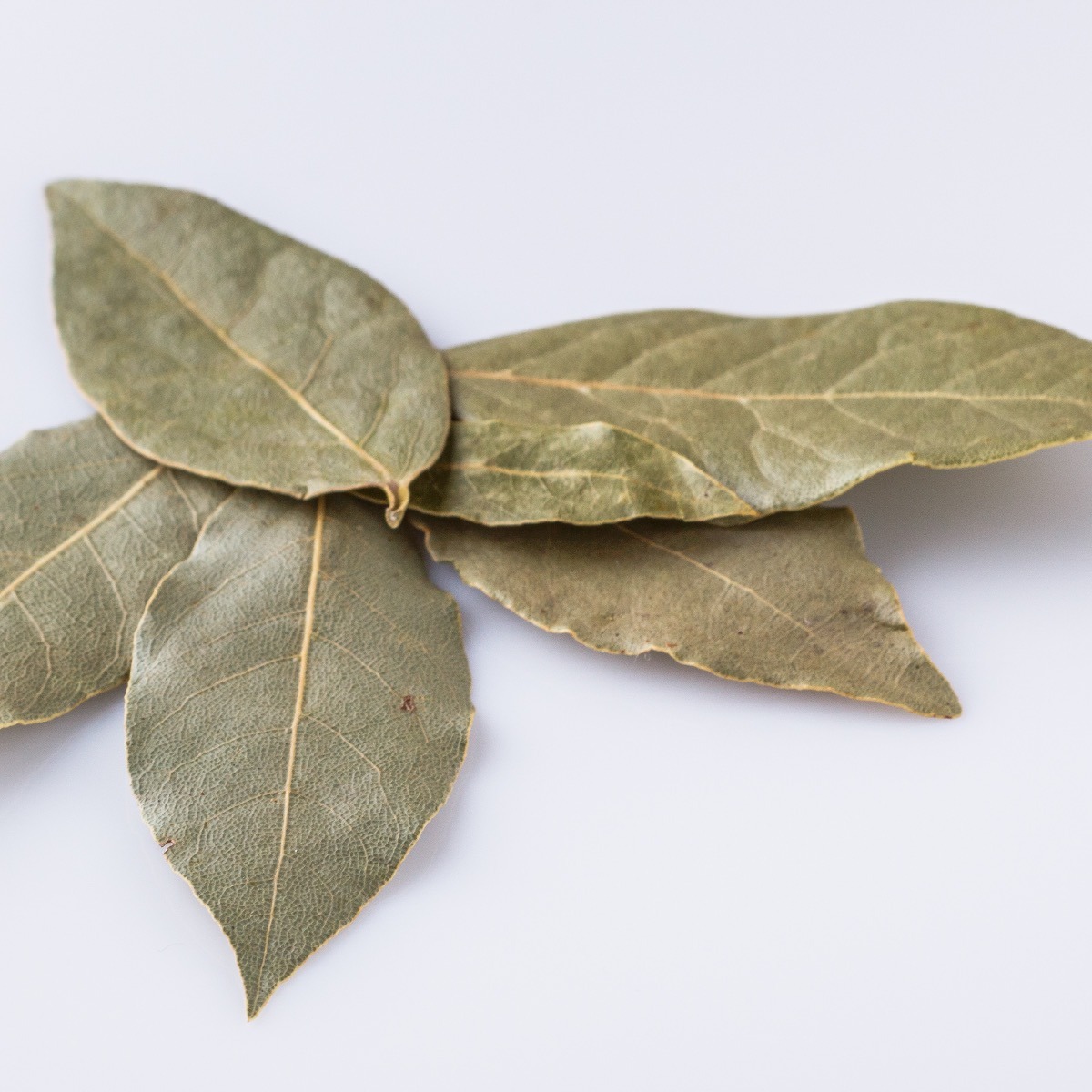
Other Uses for Bay Leaves
In addition to their culinary and medicinal uses, bay leaves have several other applications. For example, they can be used to repel insects and are often added to potpourri and other fragrant mixtures. Bay leaves can also be used to make a natural dye, which produces a brownish-yellow color.
History
Bay leaves originate from the Mediterranean region, where they have been used for thousands of years in cooking and medicine. The bay laurel tree, from which the leaves come, is believed to have originated in Asia Minor (modern-day Turkey) and was later cultivated throughout the Mediterranean.
The ancient Greeks and Romans were among the first to use bay leaves in cooking and medicine. In ancient Greece, bay leaves were used to make wreaths and crowns and were believed to have magical powers. The Greek philosopher and scientist Aristotle wrote about the medicinal properties of bay leaves, which were also used in ancient Greek and Roman religious ceremonies.
During the Middle Ages, bay leaves were used in Europe for culinary and medicinal purposes. They were also believed to have protective powers and were used in various rituals. As a result, Bay leaves were popular in the kitchens of medieval Europe and were used to flavor stews, soups, and sauces.
In the 16th and 17th centuries, European explorers and settlers brought bay leaves to the Americas. They were used by indigenous peoples in cooking, medicine, and traditional spiritual practices.
Today, bay leaves are widely used in cuisines worldwide and are an essential ingredient in many classic dishes. In addition, they continue to be used in traditional medicine, aromatherapy, and various spiritual practices.
In addition to their cultural and culinary history, bay leaves have also been the subject of scientific research. Studies have investigated the health benefits of bay leaves, including their potential anti-inflammatory and antioxidant properties. However, more research is needed to understand the effects of bay leaves on humans healthfully.
How used in cooking?

Bay leaves are commonly used in cooking to add a unique and subtle flavor to various dishes. They are especially popular in Mediterranean and Indian cuisine and are often used in soups, stews, sauces, and marinades.
Bay leaves can be added whole to dishes or crushed or ground to release their flavor more quickly. Removing whole bay leaves from the dish before serving is crucial, as they are not meant to be eaten. Bay leaves are often added to dishes at the beginning of the cooking process to allow their flavor to infuse into the dish.
Here are some typical dishes and recipes that use bay leaves:
- Soups and Stews: Bay leaves are a vital ingredient in many soups and stews, such as beef stew, chicken soup, and lentil soup. They add a subtle, savory flavor and aroma that complements the other ingredients in the dish.
- Braises: they are often used in braised dishes, such as pot roasts and short ribs. They add flavor to the braising liquid and help to tenderize the meat.
- Sauces: Bay leaves are used in many sauces, such as tomato sauce, Bolognese sauce, and marinara sauce. They add a subtle depth of flavor to the sauce.
- Rice dishes: they are commonly used in rice dishes, such as biryani and pilaf. They add flavor to the rice and complement the other spices in the dish.
- Pickling: Bay leaves flavor pickled vegetables, such as pickles and olives.
They can flavor other dishes, such as roasted vegetables, grilled meats, and seafood. They are versatile ingredients that can add a unique flavor to various dishes.
When cooking with bay leaves, using high-quality, fresh leaves that have retained their flavor is essential. Dried bay leaves can be stored in an airtight container in a cool, dark place for up to a year.
However, fresh bay leaves should be used within a few days of being picked, as they will quickly lose their flavor. It is also important to remember to remove the bay leaves from the dish before serving, as they are not meant to be eaten.
How are fresh bay leaves sold, and how are they different from dried bay leaves?
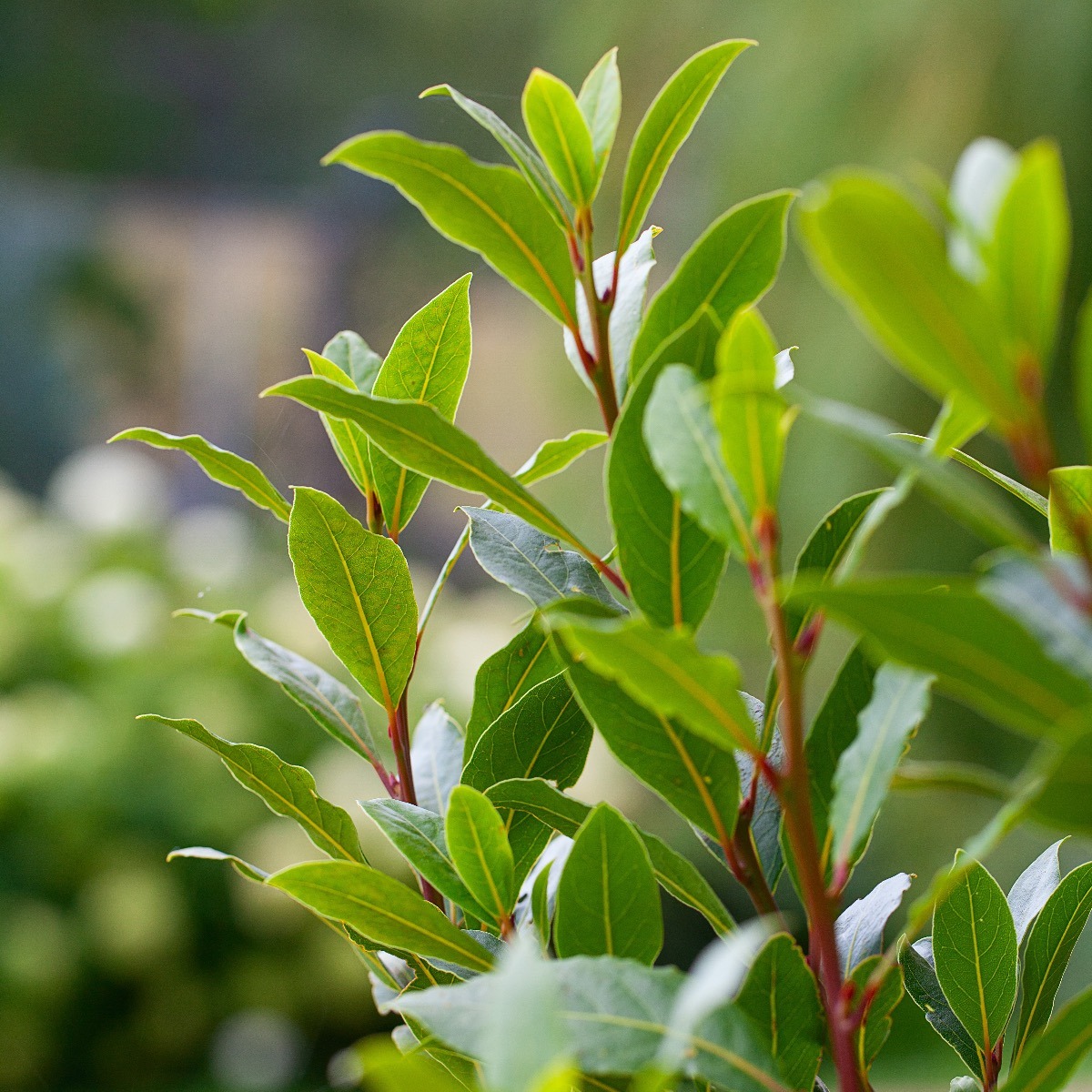
Fresh bay leaves are sold on the stem and are usually found in grocery stores’ produce sections or farmers’ markets. They are typically sold in small bunches and are shiny, dark green. Fresh bay leaves have a more complex flavor and aroma than dried bay leaves, with a slightly floral and herbal note.
On the other hand, dry bay leaves are the more common form of bay leaves used in cooking. They are sold as individual leaves or in small jars or bags, typically found in grocery stores’ spice sections.
Dried bay leaves are darker than fresh leaves, with a more concentrated flavor and aroma. They are also more brittle than fresh bay leaves and are easier to crush or crumble.
There are differences in how fresh and dried bay leaves are used in cooking. Fresh bay leaves are more delicate than dried leaves and can be added to dishes at the end of the cooking process to preserve their flavor.
They are also sometimes used to infuse oils and vinegar with their flavor. On the other hand, dry bay leaves are often added to dishes at the beginning of the cooking process to allow their flavor to infuse into the dish. For example, they are sometimes added to braising liquids or marinades to flavor meat or vegetables.
While both fresh and dried bay leaves can be used in cooking, they do have slightly different flavors and aromas. Fresh bay leaves have a more complex and subtle flavor, while dried bay leaves have a more concentrated flavor.
Depending on the recipe and personal preference, fresh or dried bay leaves can be used. It is important to note that fresh bay leaves are more perishable than dried bay leaves and should be used within a few days of being picked.
Alternatives
If you don’t have any bay leaves on hand or if you want to try a different flavor profile, there are a few alternatives that you can use in your cooking. Here are some options:
- Thyme is a popular herb in many recipes that can substitute for bay leaves. It has a similar earthy and slightly floral flavor but is milder and less pungent than bay leaves. Thyme works well in soups, stews, and sauces.
- Oregano is another herb that can be used as a substitute for bay leaves. It has a slightly bitter and pungent flavor that can add depth to many dishes. Oregano works well in tomato-based sauces, grilled meats, and roasted vegetables.
- Basil is a fragrant herb that can substitute for bay leaves in some recipes. It has a sweet and slightly spicy flavor that can complement a wide range of dishes. For example, Basil works well in Italian-inspired dishes, such as pasta sauces and pizza.
- Curry leaves are commonly used in Indian and Southeast Asian cuisine and can be used as a substitute for bay leaves in some recipes. They have a slightly sweet and bitter flavor that can add complexity to curries, soups, and stews.
- Lemon zest: Lemon zest can substitute for bay leaves in some recipes, particularly in fish dishes. It has a bright, fresh flavor that complements fish and seafood flavors.
While these alternatives can add a similar depth of flavor to dishes, they are different from bay leaves. Bay leaves have a unique flavor profile that is difficult to replicate, so it is best to use them whenever possible in recipes that specifically call for them.
What flavor do bay leaves add to a dish?
Bay leaves add a unique and complex flavor to dishes. They have a slightly bitter taste and a subtle herbal aroma with a slightly floral and sweet note. As a result, they are often used to add depth and complexity to dishes, and they pair well with a wide range of other herbs and spices.
When used in soups, stews, and other savory dishes, bay leaves can help to enhance the flavors of other ingredients, such as meat, vegetables, and legumes. They can also help balance the acidity in dishes containing tomatoes or vinegar.
Bay leaves are often used in dishes that require long cooking times, such as braised meats because their flavor develops and intensifies over time. They are also commonly used in marinades and pickling brines to add flavor and depth to meat, fish, and vegetables.
How to buy bay leaves?
Bay leaves are readily available in most grocery stores and can be purchased online or at specialty food stores. When purchasing bay leaves, looking for high-quality, fresh leaves that have not been exposed to moisture or air for too long is essential. They can be stored in an airtight container in a cool, dark place for up to a year.
When buying fresh or dried bay leaves, there are a few things to look for to ensure that you are getting high-quality leaves with the best flavor:
Fresh Bay Leaves:
- Look for fresh bay leaves that are dark green in color and have a shiny appearance.
- Make sure the leaves are pliable and not brittle or dry.
- Check the stem to make sure it is firm and not wilted or mushy.
- Smell the leaves to make sure they have a strong, aromatic scent.
Dried Bay Leaves:
- Look for dried bay leaves that are dark green and have a slightly glossy appearance.
- Make sure the leaves are intact and not crumbled or crushed.
- Check the package or container to ensure the leaves are fresh. Dried bay leaves lose their flavor over time, so it’s best to buy them from a source that has a high turnover rate.
- Smell the leaves to make sure they have a strong, aromatic scent.
Generally, buying bay leaves from a reputable source with a high turnover rate is best to ensure you get fresh and high-quality leaves. It’s also a good idea to store fresh and dried bay leaves in an airtight container away from light and heat to help preserve their flavor and aroma.
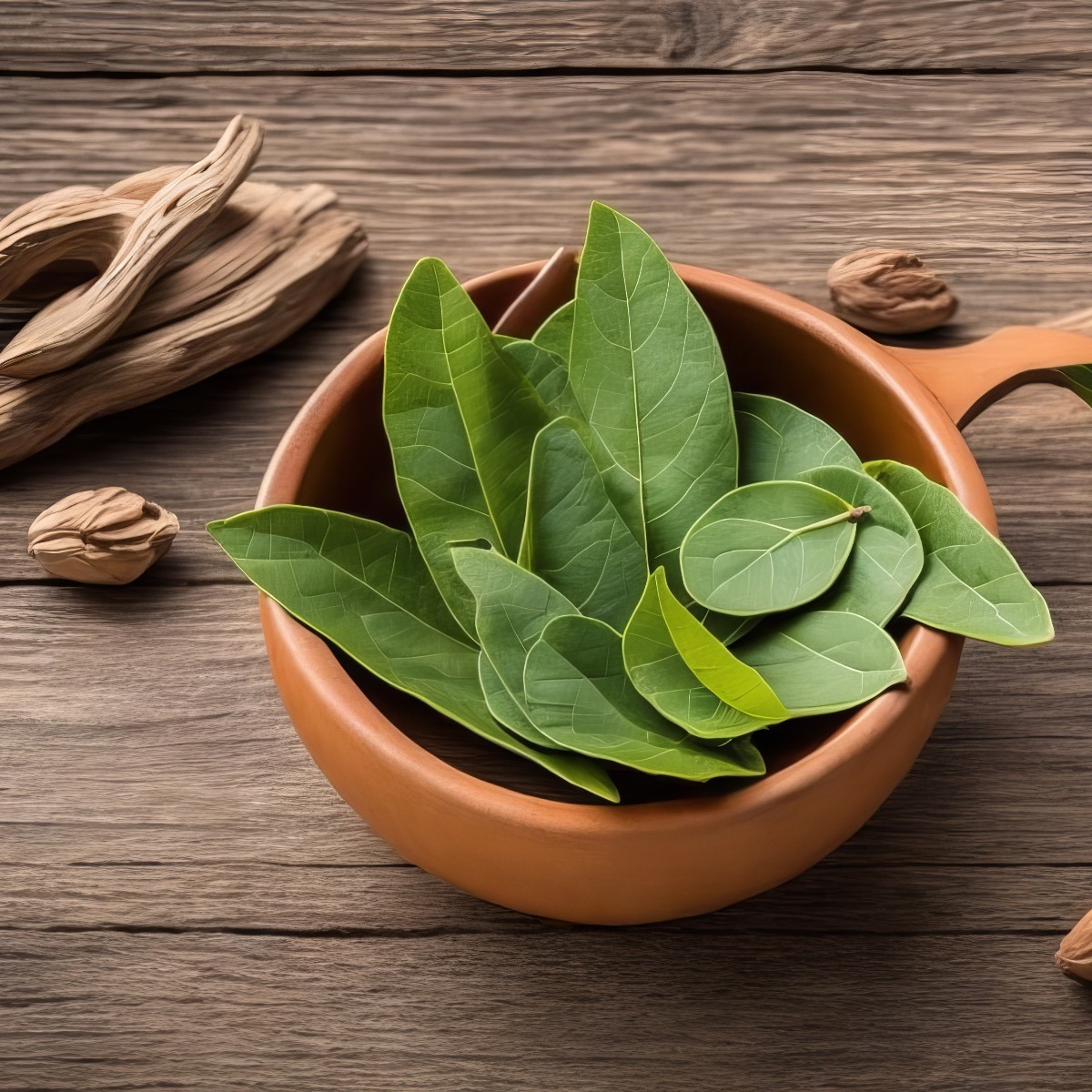
How long do bay leaves keep their potency?
Bay leaves can lose their potency over time, both when they are fresh and when they are dried.
Fresh bay leaves can be stored in the refrigerator in a plastic bag for up to two weeks. After that time, they may start to lose their flavor and aroma.
Dried bay leaves can be stored in an airtight container in a cool, dark place for up to one year. After that time, they may lose their flavor and become stale.
It’s important to note that the flavor of bay leaves can also vary depending on the age of the tree they come from and the growing conditions. For example, young leaves have a milder flavor than older ones. Additionally, bay leaves grown in certain regions may have a slightly different flavor profile than those grown elsewhere.
To ensure you get the most flavor and aroma from your bay leaves, buying them from a reputable source and using them within their recommended storage time is best. If you need to figure out how old your bay leaves are, you can always sniff them to check if they still have a strong, aromatic scent before using them in your cooking.
Five fun facts about bay leaves.
- Bay leaves were once believed to have magical properties. In ancient Greece, they were believed to have the power to ward off evil spirits and were often worn as a talisman or carried in a charm bag.
- Bay leaves were used to create the laurel wreath, which victorious athletes in ancient Greece wore. The wreath also symbolized Apollo, the god of the sun and the arts.
- Bay leaves have been used for their medicinal properties for centuries. They were believed to have several healing properties, including relieving pain, aiding digestion, and treating respiratory problems.
- Bay leaves are a popular ingredient in traditional New Orleans cuisine. They are a key component in dishes like gumbo, jambalaya, and red beans and rice and are often used to add depth and complexity to Cajun and Creole dishes.
- Bay leaves are sometimes used as a natural insect repellent. They contain toxic compounds to many insect species and can be used to repel moths, flies, and other pests. Some people even place bay leaves in their pantry or kitchen cabinets to keep insects at bay.



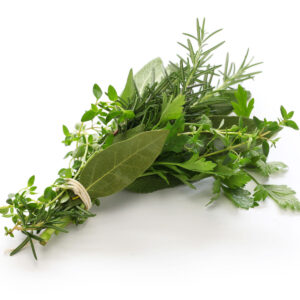


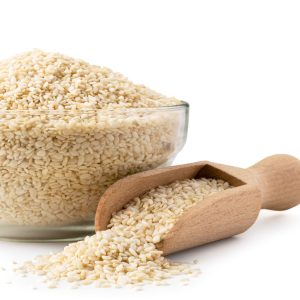






2 Responses
How much does a regular sized bay leaf weigh?
Of course, it depends on the size of the bay leaf, but assume about .2 grams each or 0.00705479 ounces.